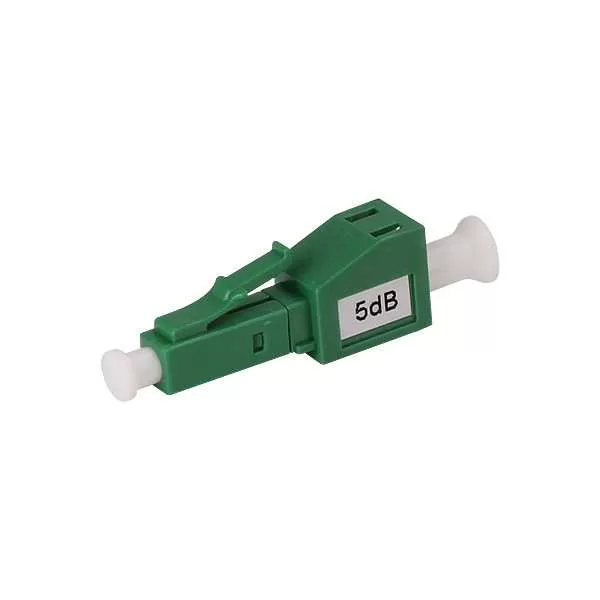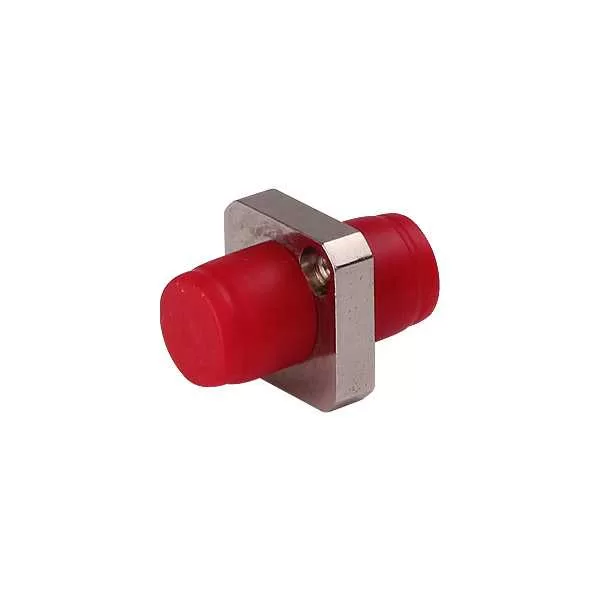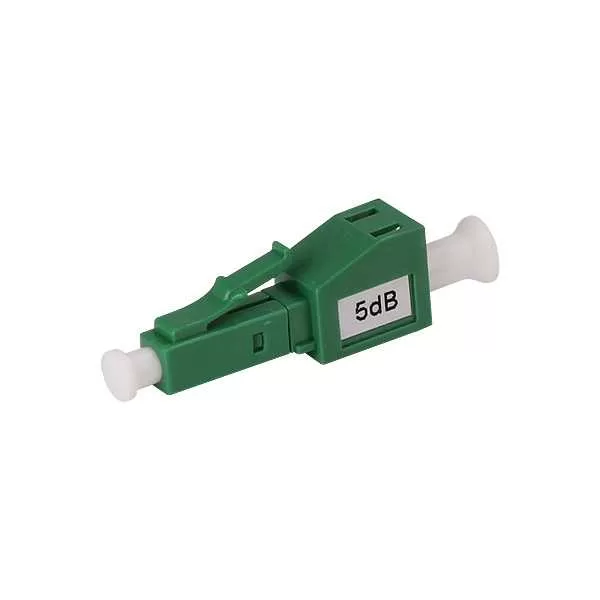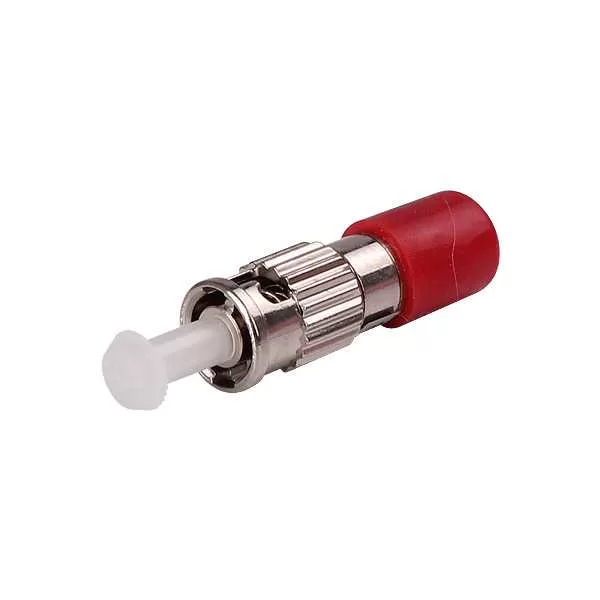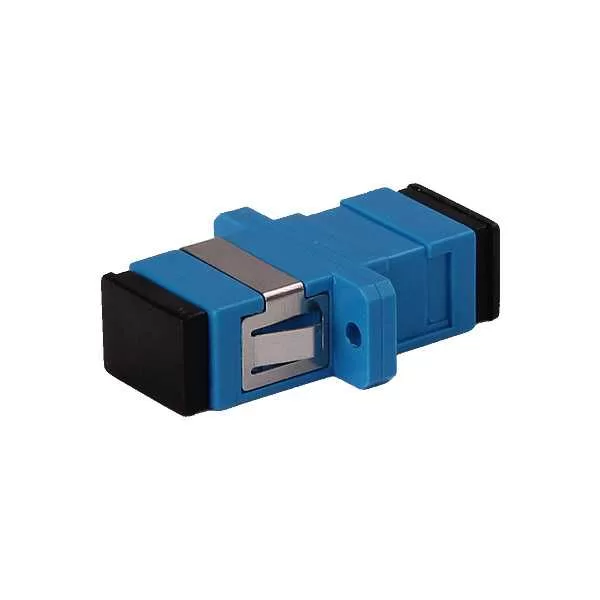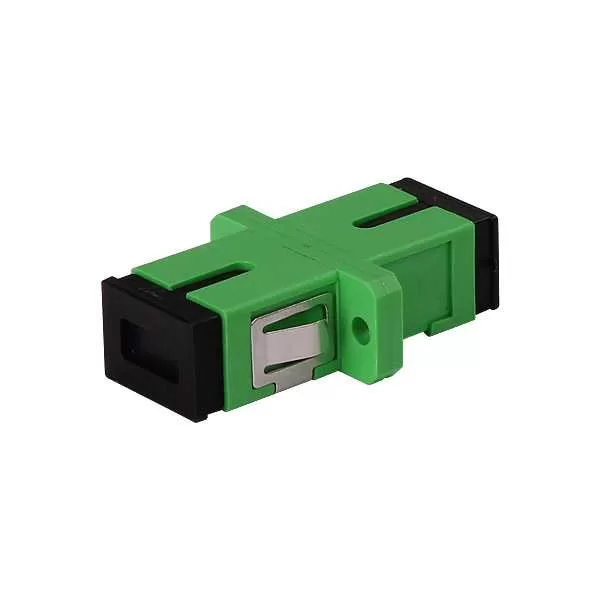Introduction to LC Optical Attenuator
LC Optical Attenuators are devices to reduce the optical fiber power by a certain level within LC connector of fiber optic network. Fiber Attenuators are usually used when the signal arriving at the receiver is too strong and hence may overpower the receiving elements. This may occur because of a mismatch between the transmitters/receivers (transceivers, media converters), or because the media converters are designed for a much longer distance than for which they are being used. Sometimes attenuators are also used for stress testing a network link by incrementally reducing the signal strength (increasing the dB attenuation) until the optical link fails, thus determining the signal’s existing safety margin.
Features
- Environmentally stab
- Easy Installation
- Custom Designed Specifications
- Low Return Loss
- Readily Panel Mountable
- Compact Packaging
- Fixed attenuation values increments from 1 to 25dB
LC Optical Attenuator Specification
| Fiber Connector | LC/APC |
| Connector Gender | Fixed Male to Female |
| Ferrule Type | Zirconia Ceramic |
| Transfer Mode | Single Mode |
| Attenuation | 1dB to 30dB |
| Operating Wavelength(nm) | 1260~1620(SM) |
| Attenuation Accuracy | ±0.5dB |
| Return Loss | ≥45dB |
| Polarization Dependent Loss | ≤0.2dB |
| Max Optical Input Power | 200mW |
| Humidity | 95%RH |
| Operating Temperature Range | -40~80°C |
| Storage Temperature Range | -40~85°C |

